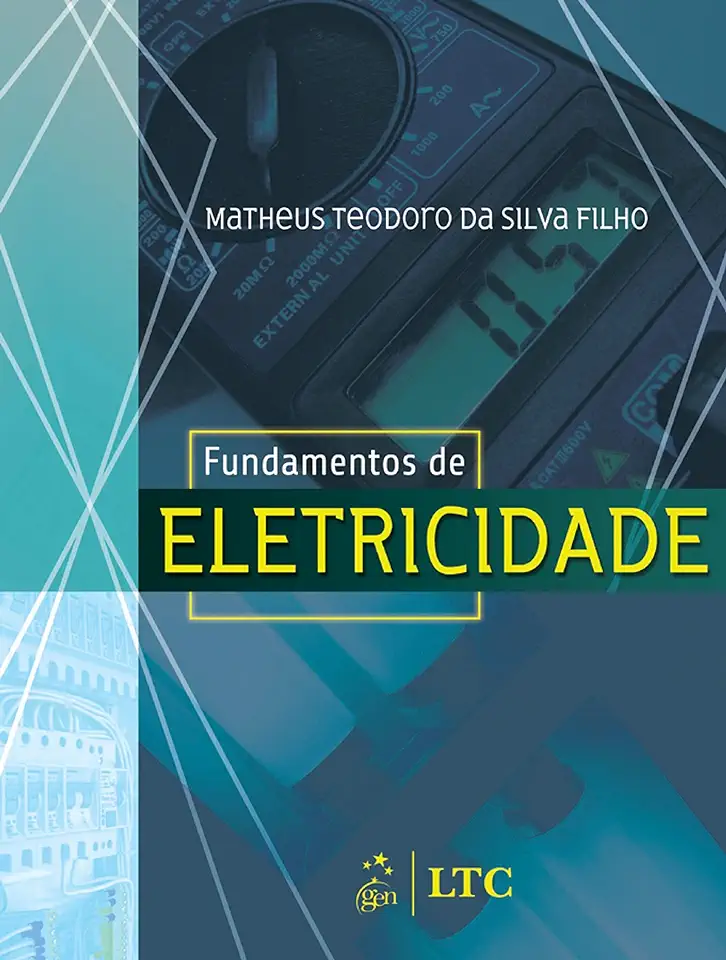
Fundamentals of Electricity - Matheus Teodoro da Silva Filho
Fundamentals of Electricity: A Comprehensive Guide for Beginners
Introduction
In today's world, electricity is an essential part of our lives. It powers our homes, businesses, and industries, and it is used in a wide variety of devices, from our smartphones to our cars. But how does electricity work? And how can we use it safely and efficiently?
What is Electricity?
Electricity is a form of energy that is associated with the movement of electric charges. These charges can be positive or negative, and they can flow through a conductor, such as a wire. When an electric current flows through a conductor, it creates a magnetic field. This magnetic field can be used to power electric motors, generators, and other devices.
Basic Concepts of Electricity
To understand electricity, it is important to know a few basic concepts. These include:
- Voltage: Voltage is the difference in electrical potential between two points. It is measured in volts (V).
- Current: Current is the flow of electric charges through a conductor. It is measured in amperes (A).
- Resistance: Resistance is the opposition to the flow of electric current. It is measured in ohms (Ω).
Ohm's Law
Ohm's law is a fundamental law of electricity that relates voltage, current, and resistance. It states that the current flowing through a conductor is directly proportional to the voltage applied to the conductor and inversely proportional to the resistance of the conductor.
Electrical Circuits
An electrical circuit is a path that allows electric current to flow. Circuits can be simple, such as a battery connected to a light bulb, or they can be complex, such as the electrical system in a car.
Types of Electrical Circuits
There are two main types of electrical circuits:
- Series circuits: In a series circuit, the components are connected in a single loop. The current flows through each component in turn, and the total resistance of the circuit is the sum of the resistances of the individual components.
- Parallel circuits: In a parallel circuit, the components are connected in multiple loops. The current can flow through any of the loops, and the total resistance of the circuit is less than the resistance of any of the individual components.
Electrical Safety
Electricity can be dangerous, so it is important to take precautions to stay safe when working with it. Some basic safety tips include:
- Never work on live wires.
- Use insulated tools.
- Wear protective clothing.
- Be aware of the location of circuit breakers and fuses.
Conclusion
Electricity is a powerful force that can be used to do many things. By understanding the basics of electricity, you can use it safely and efficiently to power your home, business, and devices.
Why You Should Buy This Book
This book is a comprehensive guide to the fundamentals of electricity. It is written in a clear and concise style, and it is packed with illustrations and examples that make it easy to understand. Whether you are a complete beginner or you have some experience with electricity, this book will teach you everything you need to know to use electricity safely and efficiently.
Here are a few reasons why you should buy this book:
- It is a comprehensive guide to the fundamentals of electricity.
- It is written in a clear and concise style.
- It is packed with illustrations and examples that make it easy to understand.
- It is perfect for beginners and experienced electricians alike.
Don't wait any longer. Order your copy of Fundamentals of Electricity today!